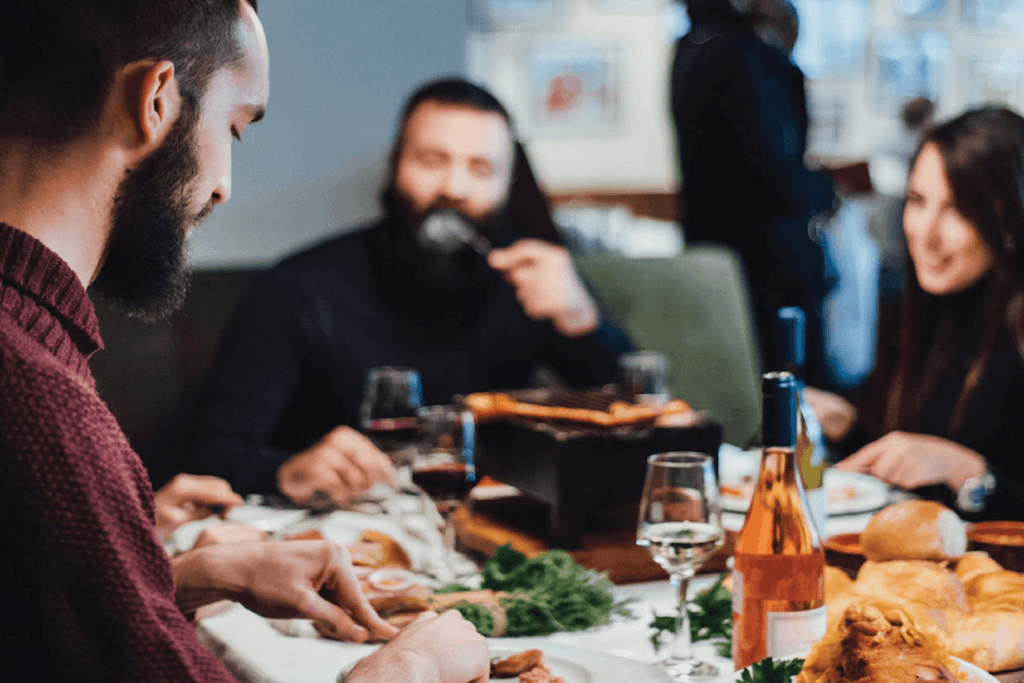How to recognise happy customers!

A restaurant experience is not the same for every guest. Research shows that not every restaurant visitor is looking for a cosy dinner or a romantic dinner. Sometimes it just has to be quick or hunger is the main motive. A quarter of all restaurant guests go out to dinner with a motive other than pleasure. So there are three categories you can divide your guests into: happy, hurry and hungry. Do you know the make-up of your guests?
‘Happy’ (customer)
About 75% of all happy customers who book with you are looking for happiness. They choose your restaurant because they like it and feel like eating out. The average happy customer is over 30 years old and educated. Although there are happy customers every day, this group prefers to step into the restaurant world on weekends.
Restaurant experience in a ‘hurry’
Not all guests come to you for a nice dinner as a restaurant experience. 13% of hospitality guests have little time when dining out, for example for a quick business lunch. Hurry customers are mostly educated men or women between 30 and 50 years old. On weekdays, you see twice as many hurry customers as on weekends.
At restaurant when you are ‘hungry’
Everyone has moments when they don't feel like cooking or a sudden, gnawing hunger and an empty fridge. That is why you see the same percentage of hungry customers on both weekdays and weekends, 11% in fact. The profile of the hungry customer is very variable: this can be a man or woman of any age.
Everyone a happy customer
A happy customer is a loyal customer who is more likely to book again at your establishment. If you correctly anticipate the needs and wishes of your guests, you will find that even hungry and hurried customers can leave as happy customers. This even starts at the reservation stage, by letting your guests enter comments such as 'little time' or 'high chair' or by clearly communicating as a restaurant for which type of visit your establishment is best suited. By offering options such as business lunches, children's menus or a menu for those who want to dine in style, you can respond to different customer needs resulting in an increased, more diverse and spread occupancy.

